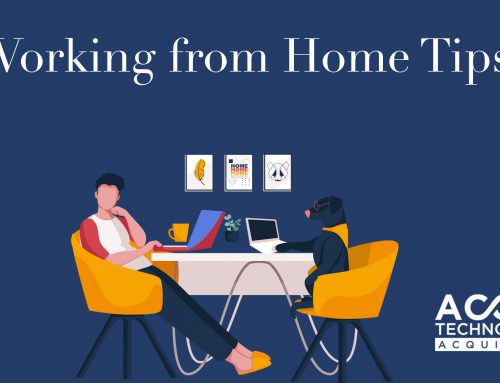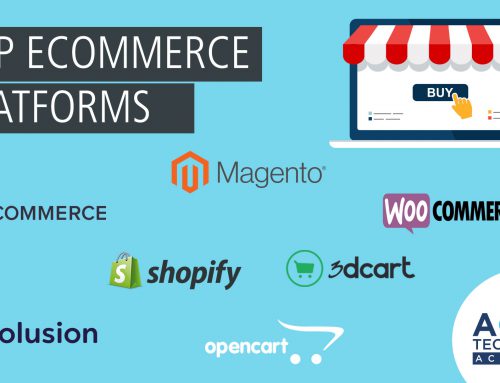What is customer engagement? How does that help your company create a successful mobile marketing strategy?
Let’s explore the how and why engagement is important and how to implement the best strategy for your mobile marketing campaign. With the introduction of mobile came many more opportunities for engagement as well as various digital marketing avenues to choose from.
“As 21st century consumers are more empowered than ever, businesses face high competition to earn trust and loyalty. Not only is providing an excellent product or service a priority, but so is connecting with customers and understanding their needs. For most, merely having a Facebook page is not enough” (Appworks, 2017)
Let’s discuss what customer engagement means. There may be many different answers depending on who you ask. But for the purpose of this article, it is the act of connecting with customers in a positive way maintaining retention and fostering loyalty. Because the cost of acquiring new customers can be far more then retaining the clients you already have, it is important to listen to and then cater to the needs of your clients. Building relationships with our clients is the key.
“Customer engagement strategies can help curb churn rates by prolonging the customer journey beyond purchasing. Engaged customers become repeat customers: A 2016 survey conducted by Twitter showed a customer who received responses to tweets from brands were willing to spend 3% to 20% more in future purchases from the company. Thirty percent of customers who receive a response to a tweet are more likely to recommend the brand to others, according to the survey of 3,139 users” (Rouse, 2019).
How do we build a mobile marketing strategy that increases engagement? What mobile approach do we use?
“Research shows that across 5 verticals (Auto, CPG, Retail, Finance, Media) the inclusion of digital ad formats in a traditional campaign improves brand impact both individually and in combination with traditional media formats”(IAB, 2017).

Some people miss the mark completely because they do not have a strategy in place and they end up wasting time and money. In order to drive a successful marketing campaign to spark engagement and connect to our customers, we need to incorporate the 3 C’s: connect, communicate and commerce. This is how we can bridge the gap between an owned and rented mobile presence. We need to connect with people across their purchasing journey, communicate in a clear and effective way and through commerce (transactions) we can build loyalty and provide customer service.

If we take a look at all the different aspects of mobile interactions, we can see that there are two types of mobile presence that are pertinent to this discussion and they are: rented and owned media. Rented media is the combination of earned and paid media. Earned media, uses social media platforms such as Facebook, LinkedIn or Twitter to promote your brand. Paid media is when you pay to use display ads, affiliate marketing or pay per click. Owned media is one that you create or can control which would include a blog, website, email, mobile apps, chat bot or print collateral.
Once you decide what you want to accomplish with your marketing campaign (your goals), then I think a combination of rented and owned mobile presence would be the right choice. More importantly, a detailed breakdown of the type of connection, communication or commerce with the various media, would be the connectivity needed to successfully engage with your customers.
“When it comes to customer engagement, it’s no longer good enough to just think about the monetary value of the relationships that we have with customers and how we can increase spend and frequency of spend. To stand out, firm’s need to go deeper, be braver and think differently if they are to develop the sort of relationships with their customers that they want” (Swinscoe, 2017).
We need to build better relationships with our customers, find out their needs, their wants and listen to their concerns, so we are more engaged and in-tune. This will allow us to remind our customers who we are, provide them support and show them how much we value their business gaining customer loyalty and trust in the process. By implementing a mobile strategy that includes the 3Cs through various media, we increase our connectivity resulting in better engagement with our customers. Here’s a template to get you started on your mobile strategy.
References
Rouse, M. (2019) Customer Engagement. WhatIs.com. Retrieved from: https://searchcustomerexperience.techtarget.com/definition/customer-engagement
Appworks Technology. (2017). 3 Ways a Mobile App Can Help You Connect With Customer. Retrieved from: https://appworksinc.com/3-ways-mobile-app-can-help-connect-customers/
Swinscoe, A. (2016) What Does Customer Engagement Really Mean? Forbes. Retrieved from: https://www.forbes.com/sites/adrianswinscoe/2016/10/17/what-does-customer-engagement-really-mean/#6f874b767277
IAB (2017). Cross-Media Ad Effectiveness Stud Retrieved from: https://www.iab.com/wp-content/uploads/2017/01/IAB-Cross-Media-Ad-Effectiveness-Study-Jan-11-2017.pdf





